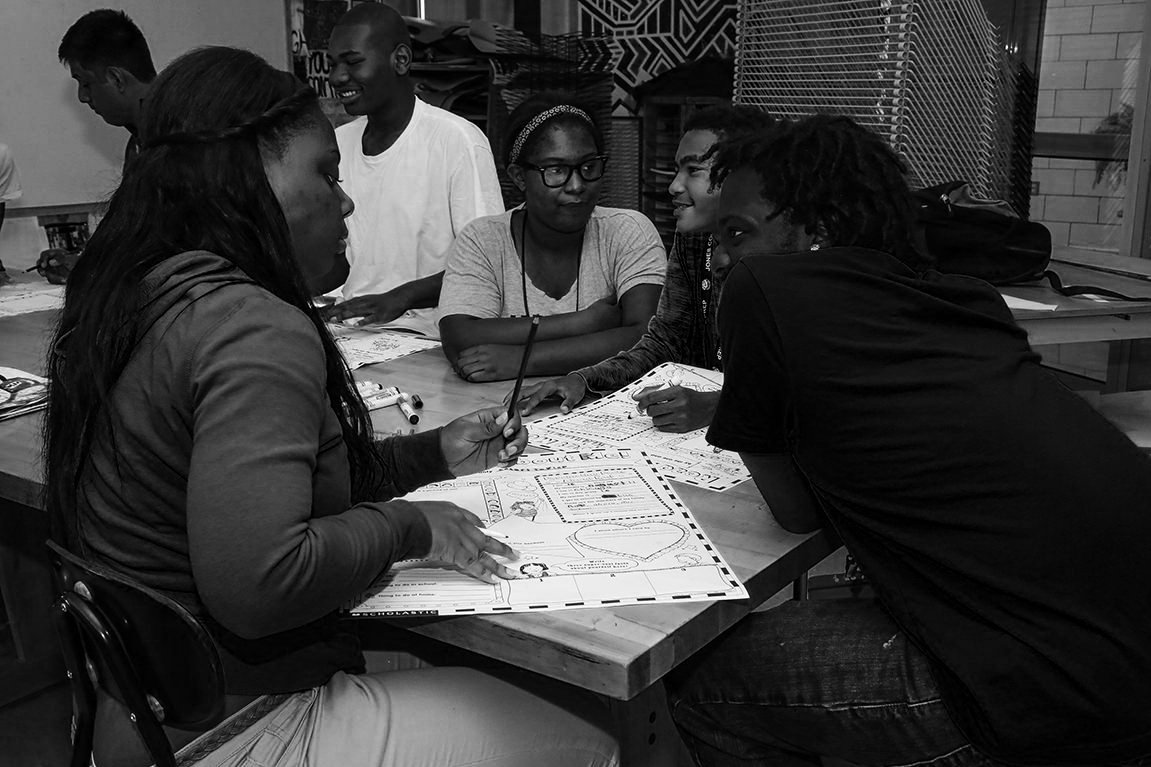
My Clients
Examples of Collaborative Projects
National Community of Practice: Increasing Access to Mental Health Care
Challenge:
As part of a federally funded initiative to build mental health workforce capacity, state Pediatric Mental Health Care Access programs lacked peer-to-peer learning and customized technical assistance opportunities as they expanded their services into school-based health centers (SBHCs).
Approach:
In collaboration with the National Network of Child Psychiatry Access Programs and American Academy of Pediatrics, I designed and facilitated a Community of Practice (CoP) for five statewide PMHCA programs. Using a continuous quality improvement framework, the CoP supported programs in developing and monitoring short and long-term equity-centered SMARTIE goals drawing on “Lessons from the Field” that were gathered in collaboration with the School-Based Health Alliance the prior year.
Outcomes:
As a result of the Community of Practice:
All programs met at least one goal, including:
Convening a statewide task force.
Identifying new state and regional partners.
Developing content for a SBHC education series and consultation pilot.
Implementing a SBHC outreach strategy included holding “discovery meetings” with sites.
School District Social and Emotional Learning Readiness and Engagement Analysis
Challenge:
A large urban school district lacked needed a cohesive districtwide strategy for social and emotional learning (SEL), with SEL initiatives taking place in isolated pockets across departments, and at varying levels of the district.
Approach:
In collaboration with the Collaborative on Academic, Social, and Emotional Learning (CASEL), I participated in a SEL Readiness and Engagement Analysis and led the writing of a formal report that included recommendations to support the district in developing a roadmap for systemic SEL implementation. The process included:
Review of data, program descriptions, and strategic documents to assess current state of SEL
Two-day site visit including interviews with school board members, department chiefs, local superintendents, and key staff
Learning walks and focus groups with teachers, parents, and students at three schools
Post-visit focus groups with parents
Development of final report including practical recommendations, and resources for systemic SEL implementation
Presentation of findings and key recommendations to district leaders.
Outcome:
Three months following the engagement analysis, the district's school board passed an SEL resolution and incorporated SEL into the Superintendent's strategic plan. This marked a significant step towards systemic SEL integration within the district, setting the foundation for long-term SEL success.
Becoming a Trauma-Informed Organization
Challenge:
In 2021, a federally qualified health center in Chicago, embarked on a process of becoming a trauma-informed organization, recognizing the impact of trauma on patients, staff, and the organization’s workplace, particularly in the aftermath of COVID-19.
Approach:
I supported the organization in a three-year transformational journey that included:
Creating a trauma-informed core implementation team to guide the process.
Conducting an organization-wide assessment and identifying key priorities for improvement.
Facilitating a learning collaborative for managers, directors and Executive Leadership Team on positive workplace culture.
Coaching executive leadership team, medical directors, and site leaders on TIC meeting facilitation.
Conducting a train-the-trainer process to prepare staff to deliver TIC training previously led by a consultant
Collecting, analyzing and sharing data to monitor progress at all levels.
Outcomes:
One year following the consultation, the organization has successfully integrated the following policies and practices:
Training on trauma-informed care is included in new staff orientation.
Teams have community agreements and begin all meetings with a mindfulness or connector activity
All staff, regardless of length of employment or role receive the same amount of Paid Time Off (PTO)
Manager-staff ratio has been reduced to ensure staff receive consistent one-on-one support from their supervisors.
Check out my CASEL blog post summarizing this project!
Are you experiencing similar challenges? Let’s discuss…
What challenges you’re currently facing.
Your hopes for improving your organization’s culture, capacity, or effectiveness.
How my services help you meet your goals.





















